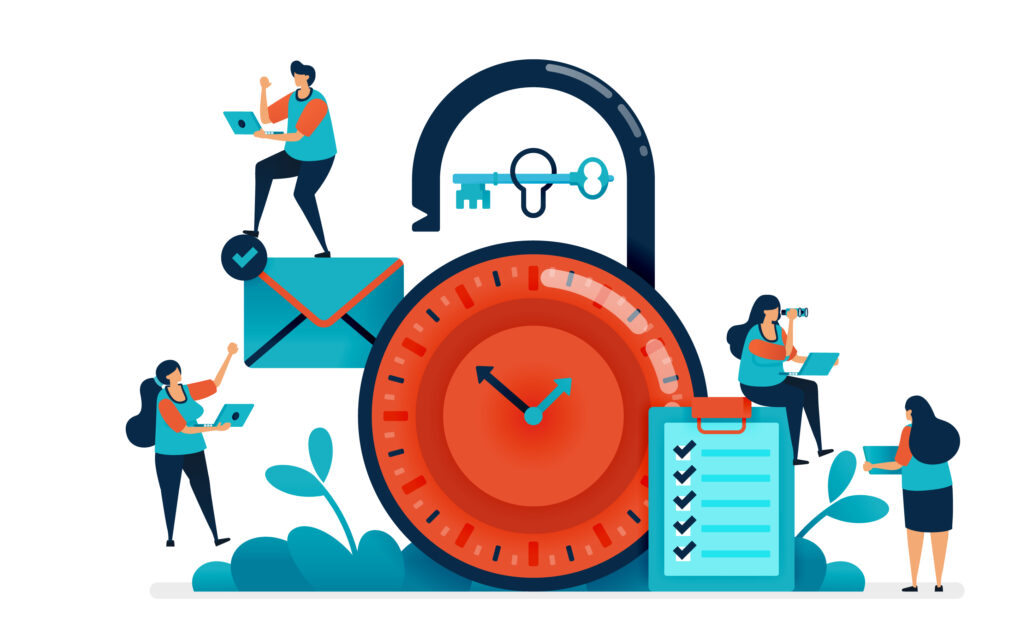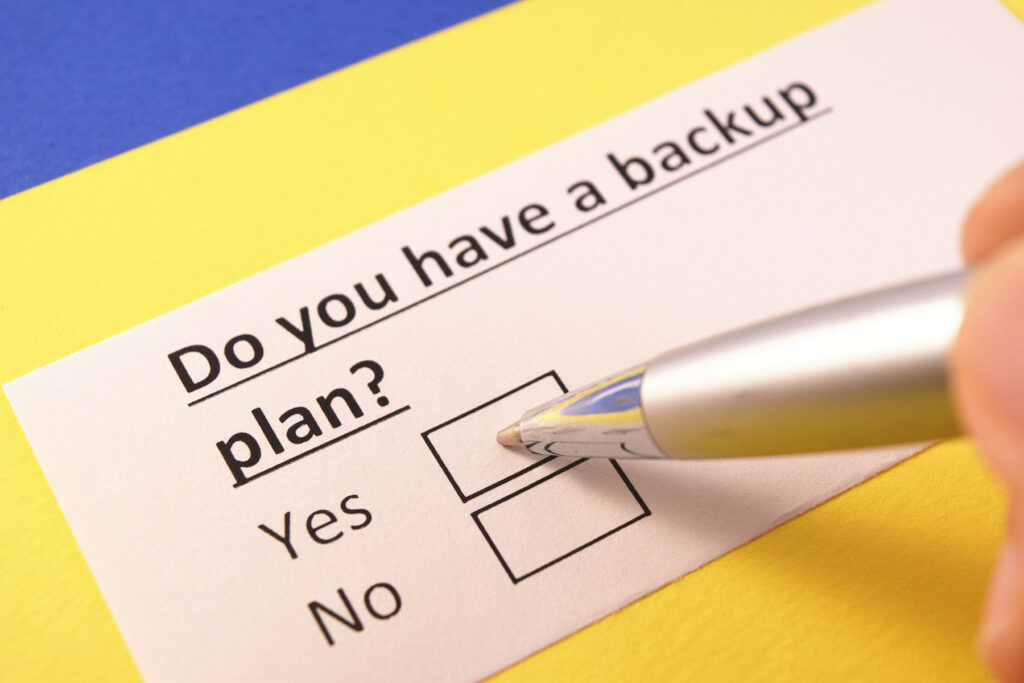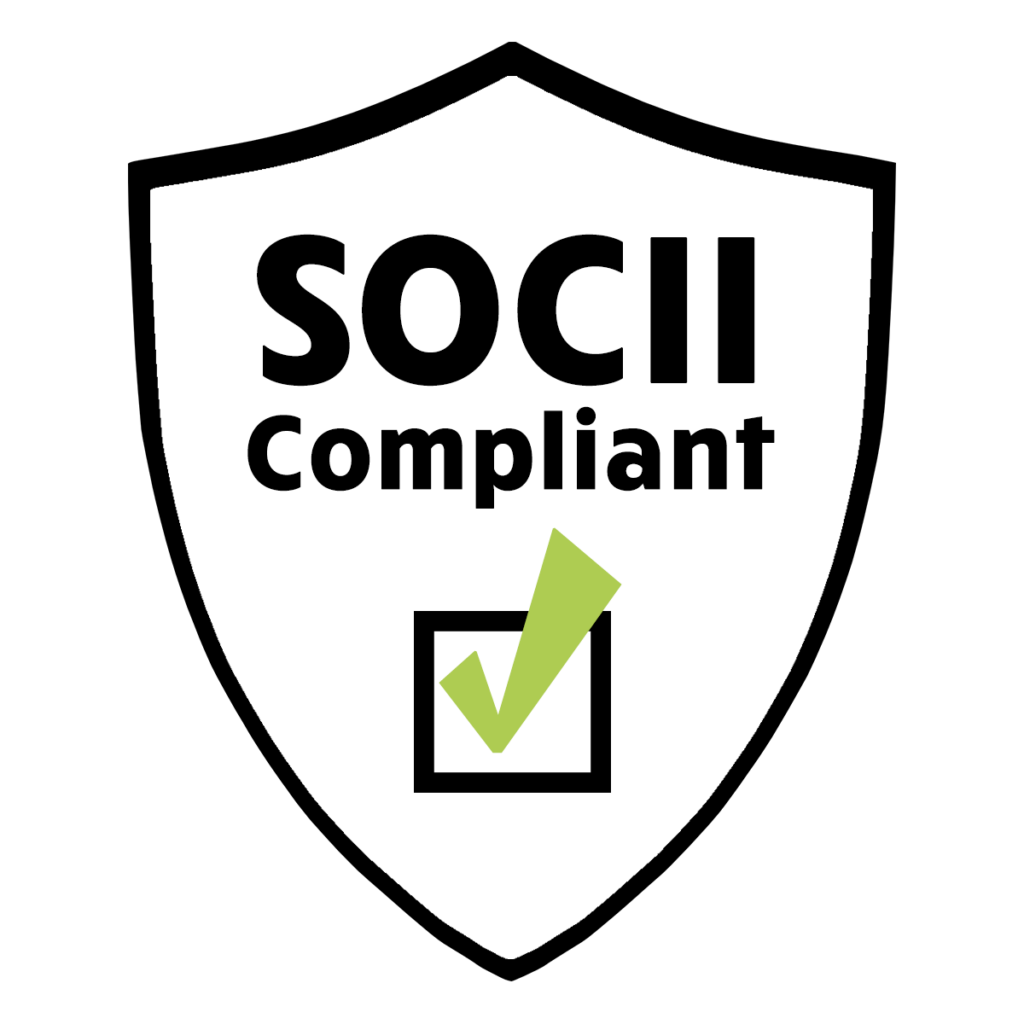To help conclude Cybersecurity Awareness Month, here’s a checklist to help you “Step up your cyber fitness”.
Cyber fitness is about the ability to identify, react and respond to online threats by taking small and easy steps. Cybersecurity needs to be a consideration for all organizations – from large corporations and governments to small and medium-sized enterprises (SMEs). Increasingly, it’s SMEs that are targeted by cybercriminals – which are least likely to have the necessary cybersecurity practices in place.
Four in five Canadian SMEs report experiencing a security problem related to information and communications technologies (ICT) caused by an employee in the previous year. But most SMEs don’t do much about it until it’s too late. Many business owners pay lip service to tech security, but don’t invest money in it. As a result, actions usually get postponed until the day an essential computer crashes or vital data gets wiped out in a malware attack.
Here’s a cybersecurity checklist to help SMEs improve their cyber resilience and protect their data, reputation and customers’ information. This checklist covers some of the essential steps that SMEs should take to secure their systems and their business.
- Protect your data. Data is the lifeblood of any business, and it should be treated as such. You should identify what data you have, where it is stored, who has access to it, and how it is protected. You should also classify your data according to its sensitivity and value, and apply appropriate security measures accordingly. For example, you should encrypt your data at rest and in transit, use secure cloud services, and limit access to authorized users only.
- Take proactive steps to meet existing threats. You should be aware of the common cyber threats that affect SMEs, such as phishing, ransomware, denial-of-service attacks, and data breaches. You should also monitor your network and devices for any signs of compromise or suspicious activity, and report any incidents to the relevant authorities. You should also use tools such as firewalls, anti-virus software, intrusion detection systems, and VPNs to protect your network and devices from unauthorized access or malicious attacks.
- Create an incident response plan. You should have a plan in place for how to respond to a cyberattack or a data breach. Your plan should include roles and responsibilities, communication channels, escalation procedures, recovery steps, and lessons learned. You should also test your plan regularly and update it as needed. Having a plan can help you minimize the impact of an incident and restore normal operations as soon as possible.
- Make sure you have essential backups. You should backup your data regularly and store it in a separate location from your primary system. You should also verify that your backups are working and can be restored in case of an emergency. Backups can help you recover from data loss or corruption caused by human error, hardware failure, natural disaster, or cyberattack.
- Use multi-factor authentication. You should use multi-factor authentication (MFA) for any online account or service that supports it. MFA adds an extra layer of security by requiring you to provide something you know (such as a password), something you have (such as a phone or a token), or something you are (such as a fingerprint or a face scan) to access your account or service. MFA can prevent unauthorized access even if your password is compromised or stolen.
- Train and educate your team. You should train and educate your team on the importance of cybersecurity and the best practices to follow. You should also create a culture of cybersecurity awareness and accountability within your organization. Your team should know how to recognize and avoid phishing emails, create strong passwords, use MFA, report incidents, and follow security policies.Cybersecurity is not a one-time event or a one-size-fits-all solution. It is an ongoing process that requires constant vigilance and adaptation. By following this checklist, you can improve your cyber fitness and reduce the risk of falling victim to cyberattacks. However, this checklist is not exhaustive or comprehensive. It is meant to provide some guidance and direction for SMEs who want to take action on cybersecurity. There may be other steps or measures that are more suitable or relevant for your specific business needs or industry standards.
Don’t be intimidated by what’s required to step up your cyber fitness, we can help. Contact us at marketing@interface.ca to learn how we can protect your data, educate your team, create an incident response plan and ensure your data is properly and securely backed up with an affordable, customized, and easily onboarded plan tailored perfectly for your organization.
Learn more:
- October is Cyber Security Awareness Month in Canada – Get Cyber Safe https://www.getcybersafe.gc.ca/en/cyber-security-awareness-month
- Bulletproof your business: The ultimate SME cyber security checklist – CyberHive https://www.cyberhive.com/insights/bulletproof-your-business-the-ultimate-sme-cyber-security-checklist/
- IT security checklist for small businesses | BDC.ca https://www.bdc.ca/en/articles-tools/technology/invest-technology/computer-security-checklist-small-businesses
- High-Level Guidelines on Cybersecurity for SMEs | Shaping Europe’s digital future (europa.eu) https://digital-strategy.ec.europa.eu/en/library/high-level-guidelines-cybersecurity-smes
- Cybersecurity guide for SMEs – 12 steps to securing your business — ENISA (europa.eu) https://www.enisa.europa.eu/publications/cybersecurity-guide-for-smes



